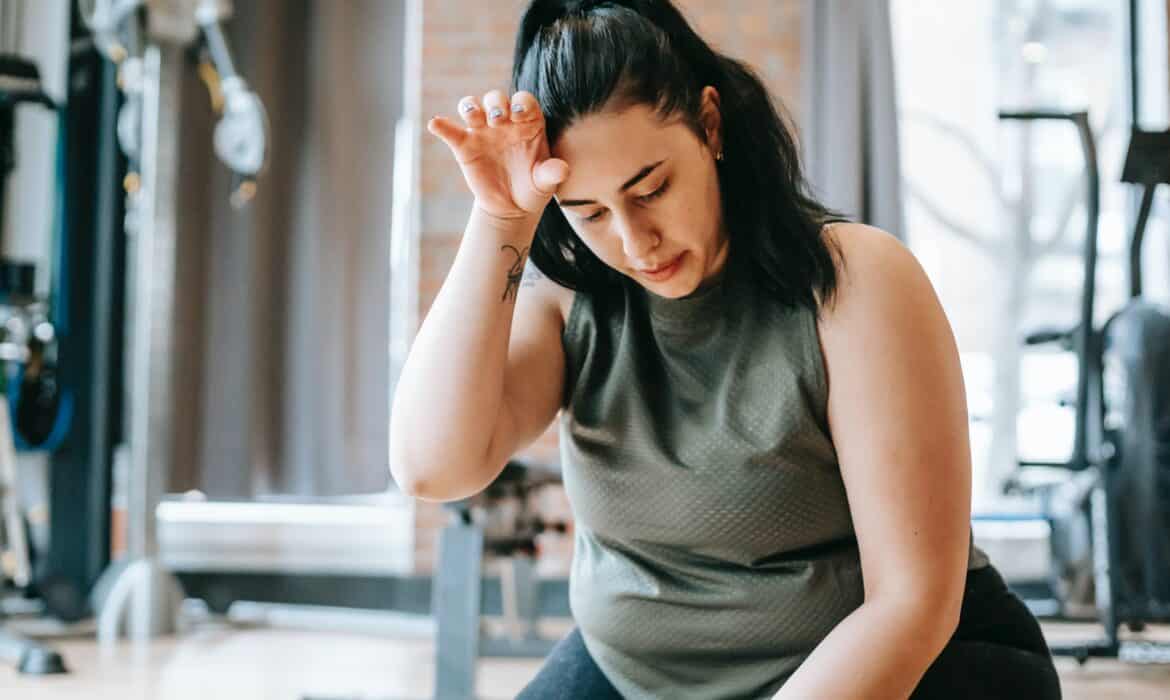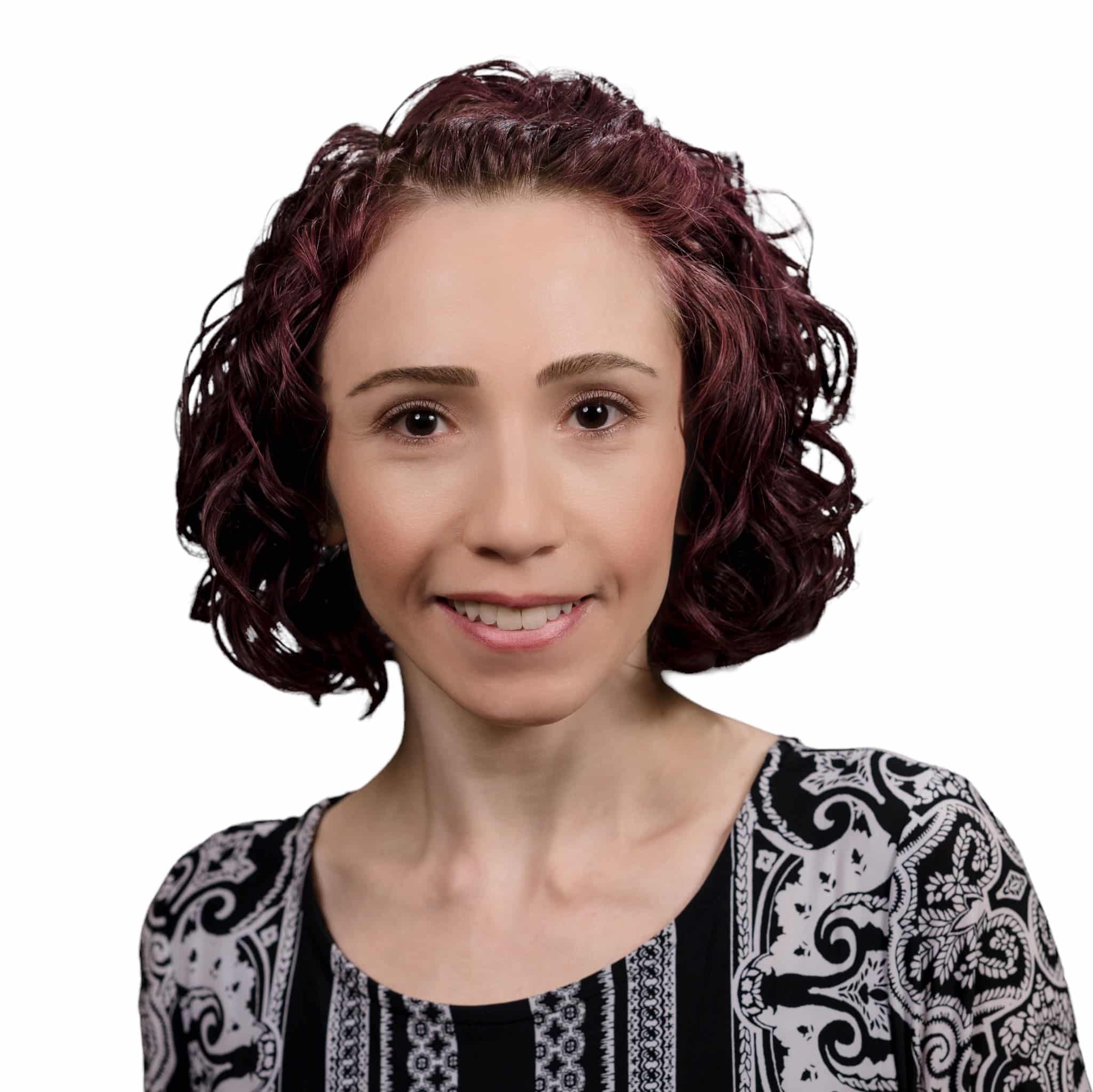I had been tired for as long as I could remember, run ragged from years of pushing myself as a type-A student in high school and college while juggling part-time jobs. After graduation, I settled into a low-stress 9-to-5 position that rarely required my attention in evenings or on weekends. I could relax for the first time in my adult life.
So why was I still so exhausted?
That question led me on a nearly 10-year search for answers that involved at least six different primary care doctors, a plethora of specialists, and several misdiagnoses. Eventually, I found the culprit: postural orthostatic tachycardia syndrome (POTS).
POTS results from a malfunction of the autonomic nervous system, which regulates key bodily functions that don’t require conscious thought: heart rate, blood pressure, digestion, perspiration, body temperature, circulation, and respiration.
POTS can affect all of those areas, though most commonly it leads to a speeding heart rate and lightheadedness, says Alexandru Barboi, MD, neurologist and director of the neuromuscular and autonomic programs at NorthShore University HealthSystem. Other common symptoms include blurred vision, nausea, light sensitivity, shakiness, fatigue, and brain fog.
These symptoms crop up in many conditions and diseases — everything from mental health disorders to diabetes — which is part of what makes diagnosis so challenging. And because POTS can be tricky to identify, officials aren’t sure how widespread it is, Barboi says. One estimate from the National Institutes of Health cites about 1% of the U.S. population, or 3 million people, may be living with this condition.
“Western medicine tends to perceive patients as a symptom and compartmentalizes each one into a box,” Barboi says. “POTS is a disorder of the autonomic nervous system that can affect many systems and organs, such as the heart or GI tract, and so it can be difficult to piece all of this together.”
Chasing a diagnosis
I was diagnosed with POTS five years ago. Since then, I have fine-tuned a way to describe it because so many people have never heard of it. When you stand, I tell them, the veins in your legs automatically constrict to keep the blood from rushing to your feet. When I stand, my veins don’t constrict, and the blood rushes to my feet, which makes my heart beat extra fast in order to keep the blood circulating back up to my brain.
It sounds simple, and yet diagnosis evades many. In online support groups, people diagnosed with POTS frequently share stories of going to physician after physician who didn’t know to look for POTS.
Barboi explains the diagnosis criteria. “Heart rate increases by 30 beats or more per minute when changing positions from lying to standing, and blood pressure must be normal. For those who are 19 or younger, the heart rate must increase by 40 beats or more. The patient must feel symptomatic when standing, and this increase in heart rate must be sustained for more than one minute.”
Jillian Myers, POTS program coordinator and an advanced practice provider in cardiology at the Ann & Robert H. Lurie Children’s Hospital of Chicago, says diagnosis remains challenging because POTS is a diagnosis of exclusion, meaning physicians consider other diseases before testing for POTS. Standard testing for the condition includes the tilt-table test, in which a person is strapped to a horizontal table that tilts vertically as vitals are measured, and the QSART test, which measures the volume of sweat produced after receiving a mild electric stimulation.
“Most of our patients have seen several providers before they are seen in our POTS clinic within cardiology,” says Myers, adding that on average, people see seven other providers before landing in the POTS clinic.
Hormones that commonly surge during puberty — estrogen, thyroid hormones, growth hormone, insulin, and insulin-like growth factor-1 — play a role in regulating the cardiovascular system.
Although POTS qualifies as a chronic condition, about 80% of teenagers grow out of it by age 20, according to the Mayo Clinic.
Greater awareness is key
POTS awareness has increased over the past few years through social media groups and blogs. Covid-19 has also increased referrals to the POTS clinic due to long-Covid complications, Myers says.
“More than half of [POTS] cases are preceded by a severe acute viral illness. Other triggers include injuries — especially concussions, surgeries, and in some cases puberty, including menarche or even growth spurts,” Myers says.
For some people — like Nichole Savka of Lansing, Illinois, who was diagnosed with POTS in 2016 — symptoms can come out of nowhere.
Savka, a former nurse and mother of three, says her symptoms began abruptly after coming home from work and taking a shower. “I walked out and told my husband something was wrong,” she says. “I was extremely dizzy with chest pains.”
She went to the emergency room (ER) and was admitted with an elevated heart rate of 180 beats per minute (bpm). Standard resting heart rate is 60 to 100 bpm. During a five-day hospitalization, a neurologist evaluated Savka, and a cardiologist conducted an electrocardiogram and stress test. She also underwent imaging tests and blood work — all of which led to a misdiagnosis of anxiety.
After Savka visited the ER with an elevated heart rate for a second time two weeks later, she followed up with a cardiologist who, suspecting POTS, referred her to an electrophysiologist who gave her the correct diagnosis.
POTS has had a profound effect on Savka’s life. She had to give up her nursing job as a wound care manager, making the difficult decision to quit after almost fainting while caring for a patient.
The frequency and intensity of symptoms varies greatly from person to person, with some able to continue work, school, and social activities, while others experience severe limitations in their ability to bathe, eat, sit upright, walk, or even stand.
“I’m pretty much homebound,” Savka says. “I can’t drive anymore. I ended up on Social Security disability insurance. I can’t spend quality time with my kids. Someone has to be home with me to shower, and I often need help cooking.”
On good days, she says, she can help clean or sit and watch a movie. “On the other days, I’m stuck in bed struggling to stand up long enough to make it to the bathroom because of high heart rates and extreme dizziness.”
Savka’s advice: search out doctors who specialize in dysautonomia.
“Caring for people living with POTS is a team effort between autonomic neurology, the patient, and other specialties when relevant, such as physical therapy,” Barboi says. “This diagnosis can feel limiting and overwhelming, but know that it’s possible to build a team to help you along the way.”
Everyone’s journey is different. On mine, I’ve learned that there’s no typical POTS patient. Some people experience total recovery, while others can barely manage their symptoms.
My life greatly improved once I understood the biological processes causing my symptoms. I now have a primary care doctor who understands POTS, and we work together to manage my symptoms. I take medications to increase my vein constriction and blood volume, supplemented by plenty of water and generous salt intake.
During the pandemic, I reached a new level of recovery through a POTS exercise regimen in which I alternate strength-training and cardio workouts on a stationary recumbent bike. (Always consult a doctor before beginning an exercise program.) A few months into the workout routine, I felt better than I ever had before, ready to put a lid on some of my POTS symptoms.













